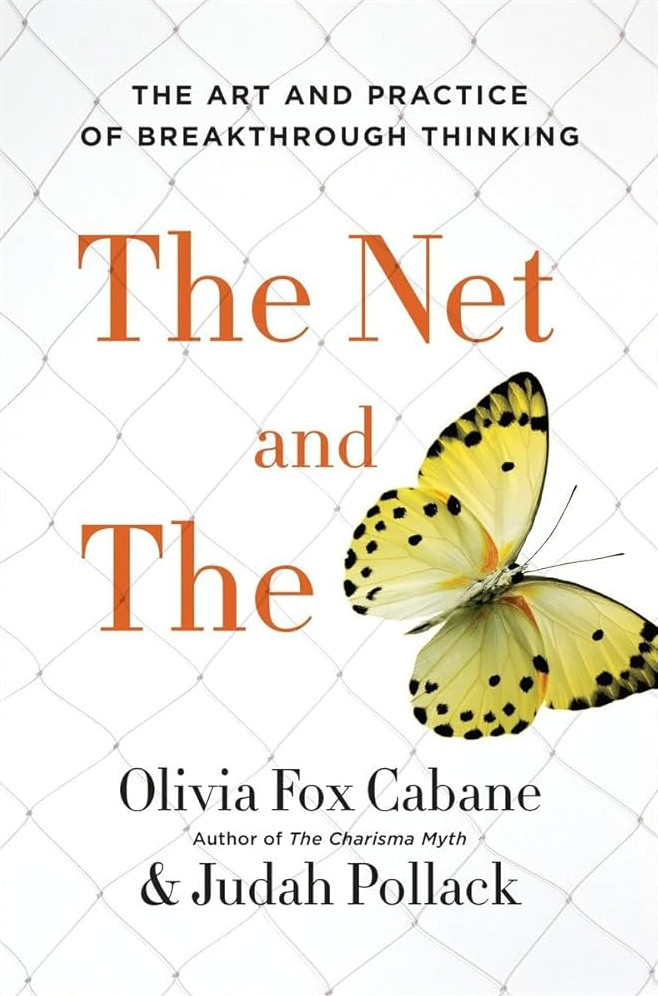Review of the book "The Signal and the Noise"

Nate Silver — the author of "The Signal and the Noise" — is widely known for his successful forecasts, such as the US elections. It is not surprising that the book became a bestseller.
As you might guess, the book is about forecasts. More precisely, it is about approaches to forecasting, complexities, errors, misconceptions, and so on.
As usual, I expected a more theoretical approach, in the spirit of Scale [ru], but the author chose a different path and presented his ideas through the analysis of practical cases: one case per chapter. Each chapter describes a significant task, such as weather forecasting, and provides several prisms for looking at building forecasts. This certainly makes the material more accessible, but personally, I would like more systematics and theory.
Because of the case studies approach, it isn't easy to make a brief summary of the book. It is possible, and it would even be interesting to try, but the amount of work is too large — the author did not intend to provide a coherent system or a short set of basic theses.
Therefore, I will review the book as a whole, provide an approximate list of prisms, and list some cool facts.
My GPTs and prompt engineering

Ponies are doing prompt engineering (c) DALL-E
I've been using ChatGPT almost since the release of the fourth version (so for over a year now). Over this time, I've gotten pretty good at writing queries to this thing.
At some point, OpenAI allowed customizing chats with your text instructions (look for Customize ChatGPT in the menu). With time, I added more and more commands there, and recently, the size of the instructions exceeded the allowed maximum :-)
Also, it turned out that a universal instruction set is not such a good idea — you need to adjust instructions for different kinds of tasks, otherwise, they won't be as useful as they could be.
Therefore, I moved the instructions to GPT bots instead of customizing my chat. OpenAI calls them GPTs. They are the same chats but with a higher limit on the size of the customized instructions and the ability to upload additional texts as a knowledge base.
Someday, I'll make a GPT for this blog, but for now, I'll tell you about two GPTs I use daily:
- Expert — answers to questions.
- Abstractor — makes abstracts of texts.
For each, I'll provide the basic prompt with my comments.
By the way, OpenAI recently opened a GPT store, I'd be grateful if you liked mine GPTs. Of course, only if they are useful to you.
About the book "The Net And The Butterfly"

I bought "The Net And The Butterfly" by mistake when I was in St. Petersburg about 5 years ago and organized a book-shopping day. I bought about 10 kilograms of books :-D, grabbed this one on autopilot without reading the contents. I thought the book would be about the network effect and the spreading of ideas, but it turned out to be about how to "manage" a brain relying on one of the neural networks in it. Which network? For the book and its content it does not matter at all.
My opinion of "The Net And The Butterfly" is twofold. On the one hand, I cannot deny its usefulness, on the other… the material could have been presented 100 times better and 3 times shorter. Sometimes, the authors walk on thin ice and risk falling into information peddling/marketing fraud.
Two years of writing RFCs — statistics

Slightly more than two years ago, I became a Lead/Engineering Manager for Palta's payment team. I left the company at the end of 2023 for another sabbatical [ru].
It is time to sum up. I will start with my favorite initiative.
From the first month, I promoted the idea of preceding major changes with text documents — RFC — Request for Comments.
In this post, I will analyze two years of applying this practice to share the experience, summarize the results, and have convincing arguments for my next job.
About the book "Economics: The User's Guide"

Cover of the book "Economics: The User's Guide"
This is the second book by Ha-Joon Chang that I've read. The first one, Bad Samaritans [ru], left a good impression, and it was also positively reviewed by Tim O'Reilly in his book WTF? [ru]. So, "Economics: The User's Guide" took its place on my reading list, and finally, I have read it.
Here and further, all quotes point to the Russian edition of the book and are translated into English by me (I have only the Russian edition) => inconsistencies are possible because of double translation English->Russian->English.
According to Chang, the book was conceived as an "introduction to economic theory for the widest possible audience" (page 299), and this reflects its essence well. I would only add, from the perspective of my post-Soviet education, that the book looks more like an "overview of the diversity and complexity of economics, supplemented with an introduction to the theory" rather than an "introduction to the theory".
The book contains no mathematical formulas or jaw-dropping statistics, just concrete facts. What makes it valuable, however, is a set of prisms through which you can — and should — view the economy to gain a basic understanding of what's happening around you.
Chan provides a set of points of view through which you can examine economic processes; describes their advantages and disadvantages; accompanies all this with examples, historical references, and facts.
Since the book serves as a sort of textbook, I won't attempt to retell it in full — this would lead to an attempt to repeat the book in a couple of pages, and I definitely can't do that. I will limit myself to describing the author's view of the economy as a whole as I understood it.